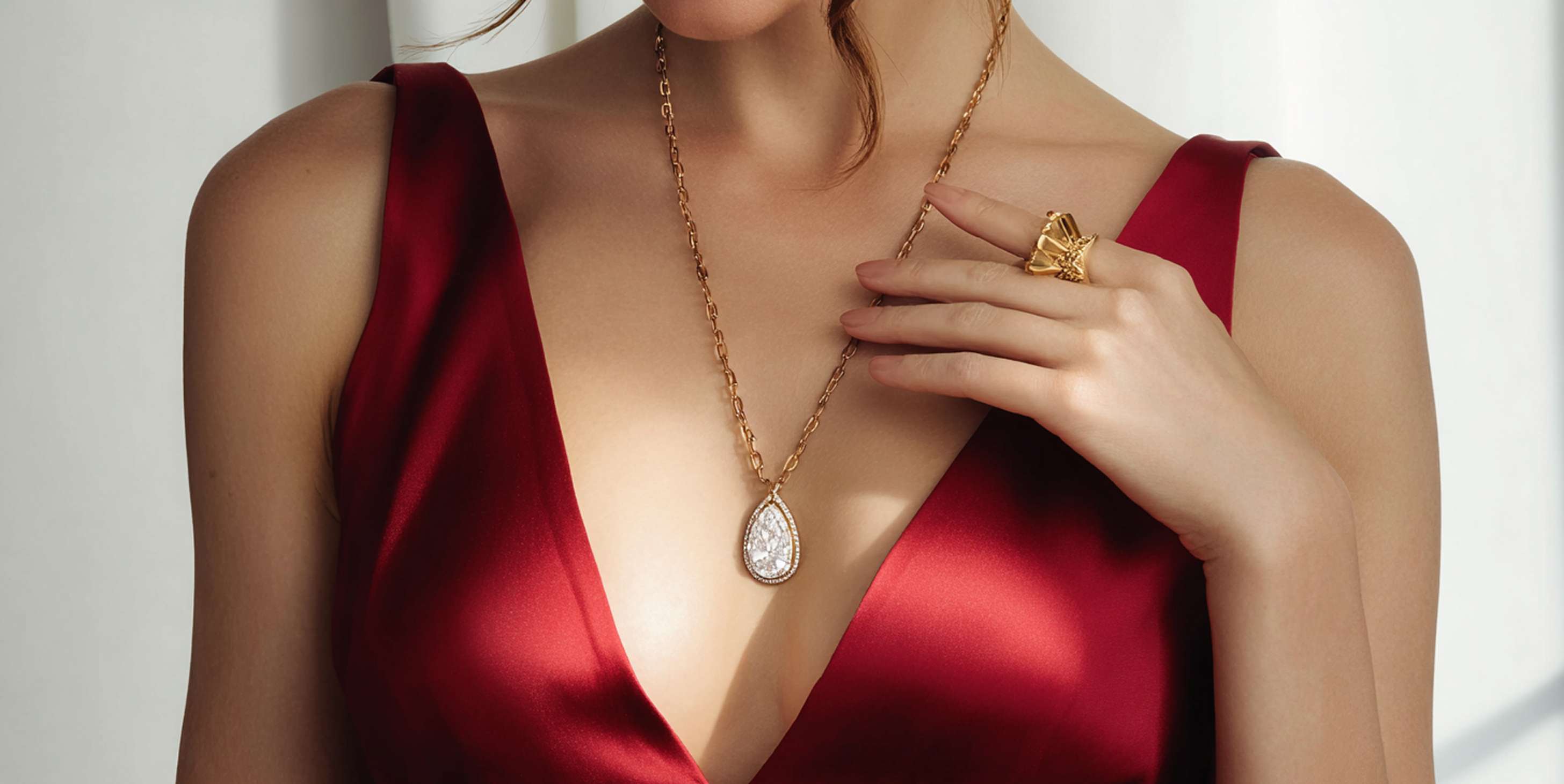
Caring for Your Diamond
Timeless Brilliance With Care
Diamonds are forever — but they still deserve love and attention. Learn how to keep your jewelry as radiant as the day you received it.
Simple Basic Care
By following this guide you can be sure that your diamonds will always sparkle and maintain their brilliance.
Our ultrasonic machine cleans your diamond rings using a gentle vibration without any damaging chemicals or harsh brushes.
Lifetime of complimentary cleaning!
Occasionally a routine ultrasonic clean may reveal that some of your diamonds or gemstones are loose in their setting due to the removal of built up dirt or grime. If this occurs, it can usually be identified by the jeweller using a loupe and brought to your attention for repair.
In between professional cleans, most of your jewellery can be maintained by cleaning with a non-abrasive jewellery cleaner, such as a mild liquid detergent and warm water applied with a soft bristle brush.
Please check your jewellery regularly to ensure that your stones and claws are secure. An unintentional knock or snag of a claw can be enough to loosen the setting and could result in the loss of a stone. If you suspect your jewellery is damaged, please bring it into one of our stores so one of our experienced staff can assist you.
Rhodium Plating
Rhodium plating is the very fine, final coating applied to white gold jewellery resulting in a bright ‘white’ appearance. The layer is only 0.75-1.5 microns thick (a human hair is approximately 100 microns thick) applied by a jeweller in an electrolyzed rhodium bath.
Rhodium plate your rings to keep them looking like new.
How long rhodium plating lasts depends on how much the jewellery is worn and the amount of wear and tear the ring sustains, which varies from person to person.
We recommend to rhodium plate your white gold jewellery every 6 to 12 months. You will know it’s time to have your jewellery rhodium plated when a tinge of yellow is visible in the metal and it looks dull.
Diamonds
Remove your jewellery during activities that may cause damage
Diamonds are the hardest substance known to man, but they are not indestructible and they can be scratched, chipped, cracked and broken. The girdle of the diamond is particularly vulnerable. However given the care and attention they deserve, then as the saying goes, “diamonds are forever”.
Diamonds can, and do break for all sorts of reasons, some because of the natural structure of the stone and some because of an impact. Diamonds grow and crystallise with cleavage lines, which can create weak spots in the stone.
While diamonds are the ‘hardest substance on earth’ they are also quite brittle. If struck a the right angle and with the right amount of force, they can actually crack or chip, especially diamonds with sharp corners such as a princess or marquise cut.
It is important to realise that how you wear your jewellery can impact on the integrity of its structure and materials. You can protect your diamonds from harsh impacts as much as possible by removing them during any activity that may cause a risk of damage, for example playing sport, working out at the gym, gardening or renovating. Extreme temperatures, chemicals, perfumes and cosmetics can also damage your jewellery.
Understanding Precious Metals
At Diamonds International we only use the finest quality precious metals including yellow gold, white gold, rose gold, platinum and palladium. It is important to note that each of these metals have different properties.
Gold
The difference in colour between yellow, white and rose is determined by the metals used in the alloy mix. White gold does not start off as a white metal; it is an alloy made up of 750 parts pure yellow gold plus 250 parts which consists of a mixture of white coloured metals such as palladium, platinum, and silver palladium. It is then rhodium plated to give it a shiny, white finish.
Yellow Gold
Yellow gold is made by mixing pure gold with alloy metals such as copper and zinc, and rose gold is made by using a mix of pure gold with alloys including copper to give it that rosy glow. The colour may vary but will not chip, fade or wear off with age.
Palladium
Palladium is used in 95% purity, mixed with 5% other white metals. Just like titanium, palladium is very strong, lightweight and hypoallergenic, but is more malleable, meaning that it is able to be resized. It is a naturally white metal and does not need to be rhodium plated.
Titanium
Titanium jewellery is extremely long-wearing, light weight, and more scratch, dent and bend resistant than other precious metal, making it ideal for men’s wedding bands. It is used in 99% pure form and is completely hypoallergenic. Due to the metals hardness, it is unable to be soldered or resized.
Platinum
Platinum is more dense than gold, so the same ring will weigh significantly more in platinum than in gold. Platinum jewellery is made up of 95% platinum and 5% other metals. It is more expensive than gold due to its purity and rarity. It is very hard wearing, but is more malleable than gold making it easier to bend, dent and deform when in contact with other surfaces.
Platinum does not need to be rhodium plated, but with wear and tear it will give a dull, grey appearance and need to be re-polished to restore its original finish.
Warranty
To you, our valued customer, we offer a guarantee on your behalf against faulty material or workmanship for a period of 12 months.
Note: This is not an insurance cover and does not guarantee the article against normal wear and tear, accidental damage or loss. Therefore we strongly recommend that the article be insured under your personal insurance policy.


 Facebook
Facebook
 Instagram
Instagram